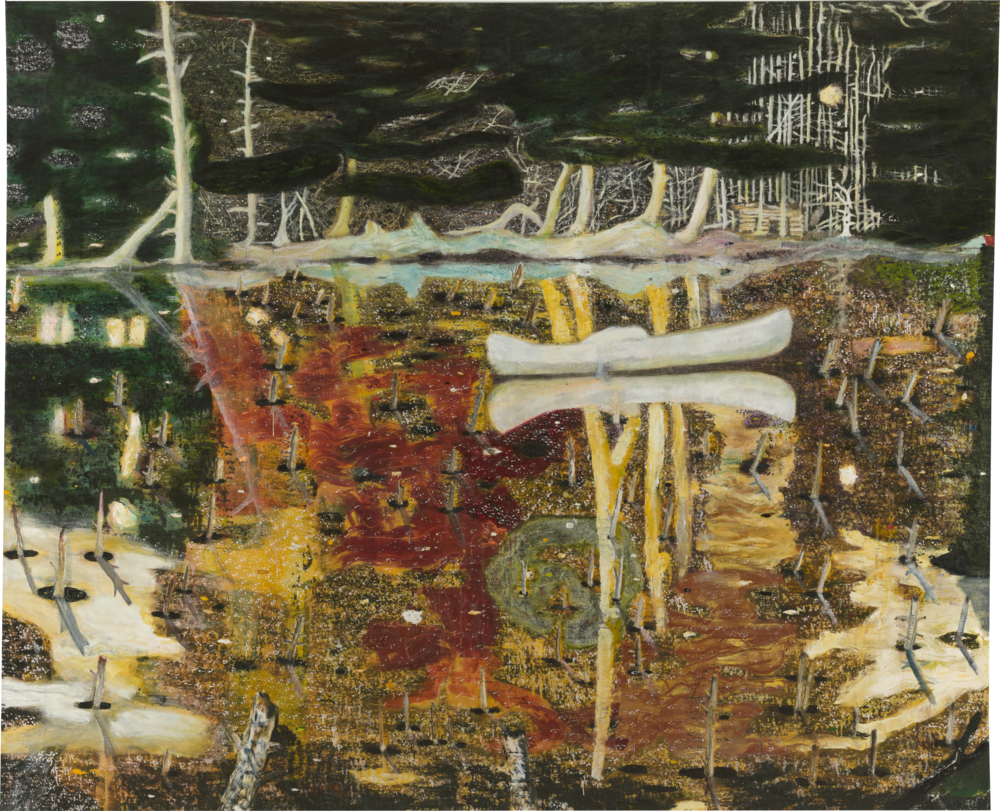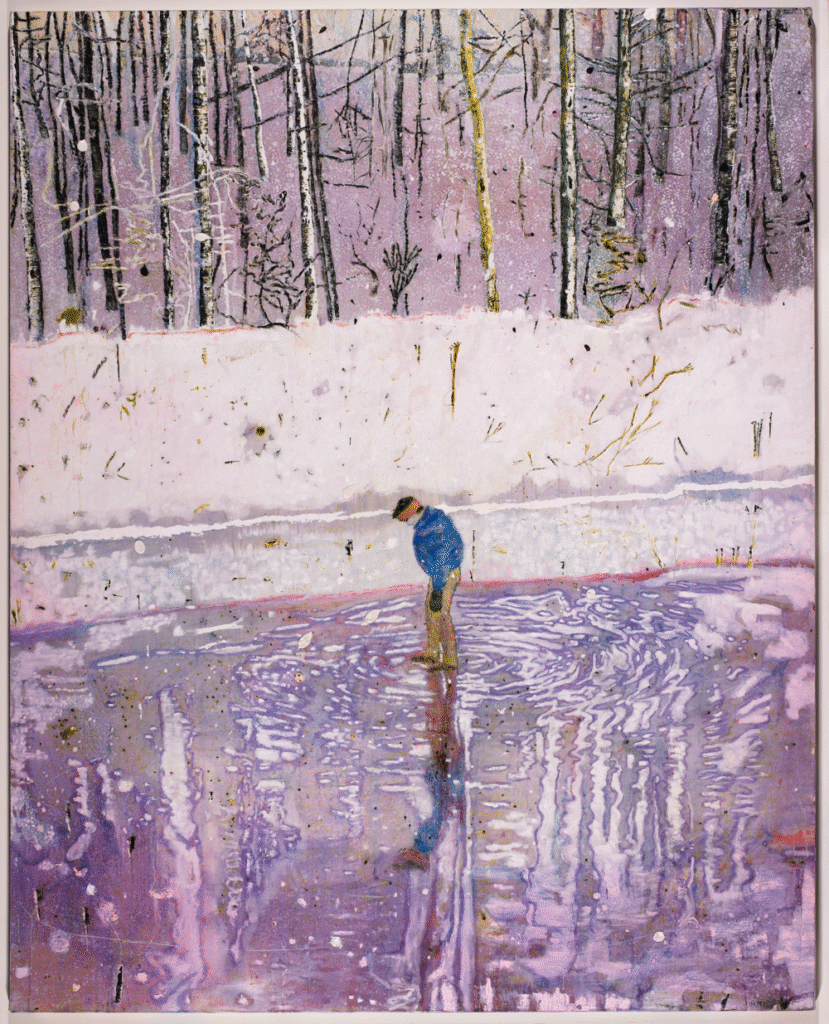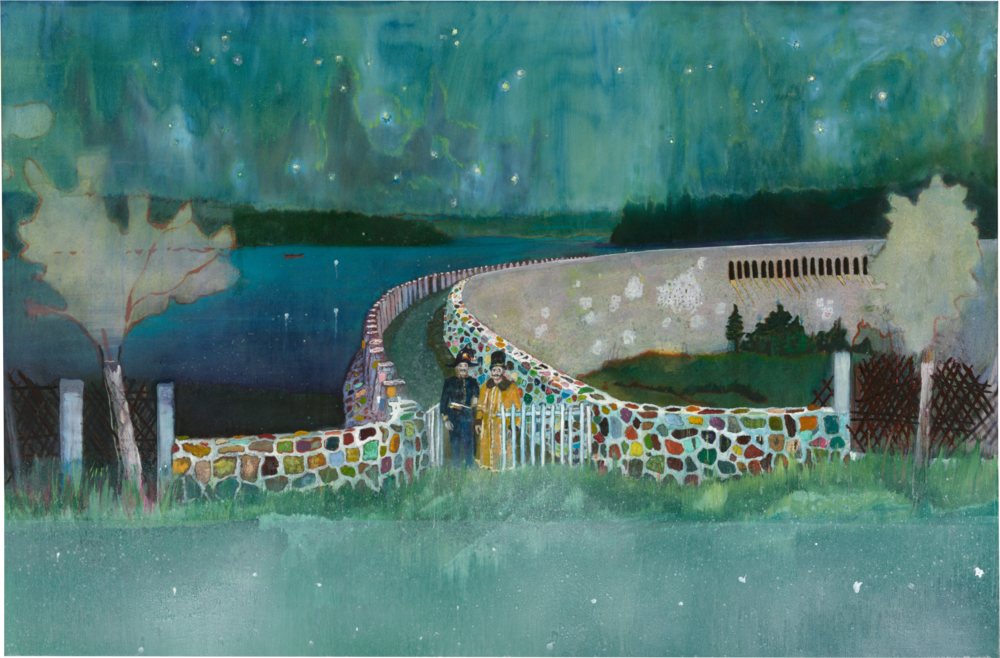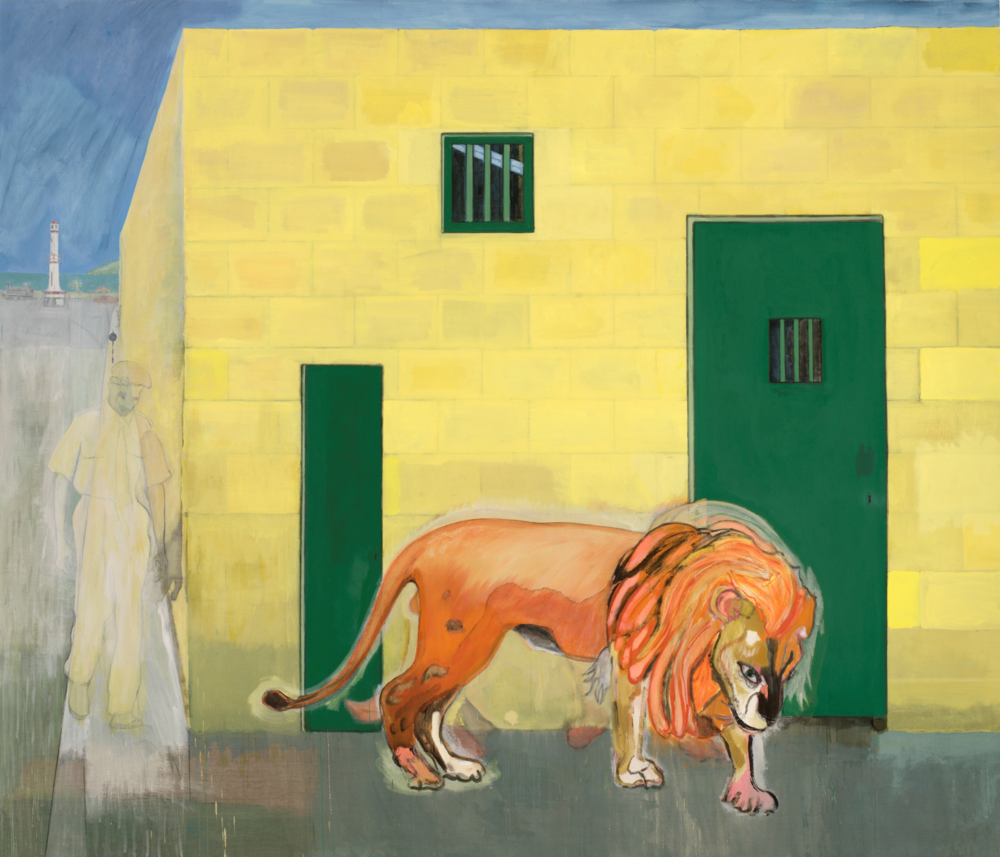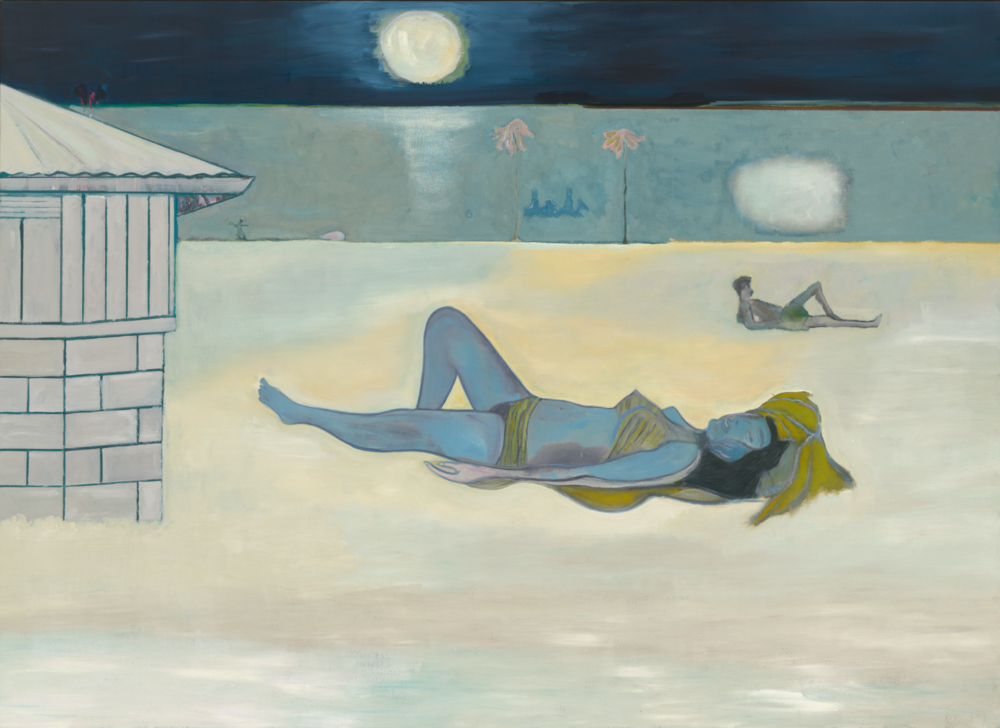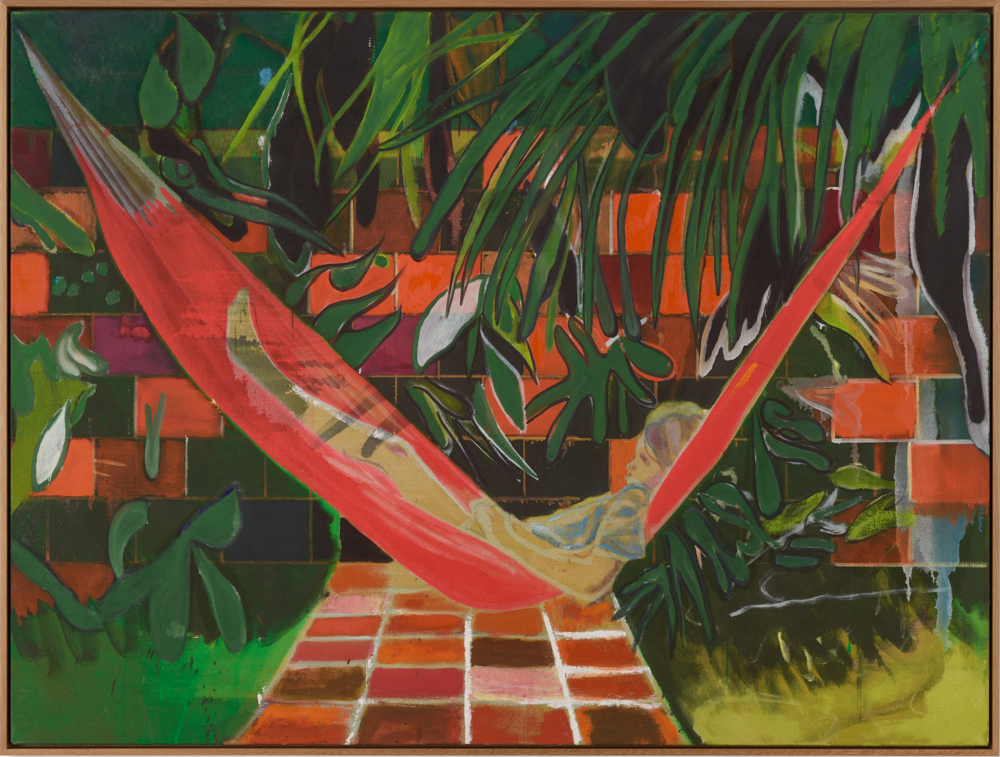The 36th
LaureatePainting
Peter Doig
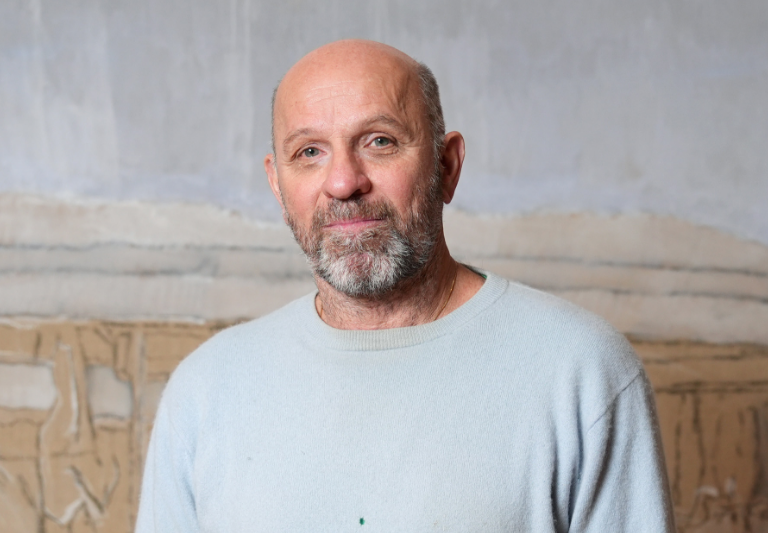
Born April 17, 1959 / Edinburgh, Scotland, U.K.
Widely recognized as a leading figure in the “New Figurative Painting” movement, Peter Doig has, over a career spanning more than three decades, redefined the expressive potential of painting. Personal memories and imagery sourced from photographs, postcards, and films create vivid, emotionally resonant paintings of landscapes and figures, characterized by rich colors and a distinctive brushwork. His work often merges the real and surreal in hauntingly poetic ways, revisiting images that build a sense of a hidden narrative where mystery and dreamlike elements coexist. He spent his early childhood on the Caribbean island of Trinidad, and his youth in snowy Canada—two vastly different environments that left a lasting impression on his visual sensibility. “Those experiences have had a huge impact on my painting,” he says. Each of his works takes a long time to come into being, often developing over years. “I feel my paintings are deeply connected to my life. They’re like a journey—an expression of the life I’ve lived,” he reflects. Today, dividing his time between London and Trinidad, Doig continues to be celebrated as one of the world’s most important living painters, with works held in major public and private collections worldwide.
Biography
Widely recognized as a leading figure in the “New Figurative Painting” movement, Peter Doig has, over a career spanning more than three decades, redefined the expressive potential of painting.
Born in Edinburgh in 1959, he spent his early years in Trinidad and Canada before studying in London at St Martin’s School of Art and Chelsea School of Art. These early experiences providing contrasting landscapes that deeply influenced his richly textured, atmospheric works.
Known for his evocative blend of memory, dreamlike imagery, and painterly innovation, Doig draws inspiration from photographs, postcards, films, and personal experience. “The spark for a painting always comes from the past,” he says, describing how he often lets source images sit for years before transforming them into art.
His style, often referred to as “magical realism,” merges the real and surreal in hauntingly poetic ways. In Swamped (1990), a desolate lake landscape seems to reference the horror film Friday the 13th, while Lapeyrouse Wall (2004), inspired by a memory of Trinidad, captures a quiet sense of mystery reminiscent of Yasujiro Ozu’s film Tokyo Story.
Doig rose to international prominence in the early 1990s, reshaping discourse around painting at a time when many questioned its relevance. Through his fusion of abstraction, narrative traditions and pop culture references, he has created some of the most resonant images in contemporary art.
He held a professorship at Kunstakademie Düsseldorf from 2005 to 2017, was nominated for the Turner Prize in 1994, and received the Wolfgang Hahn Prize in 2008. Major exhibitions of his work have been held at Tate Britain, the Fondation Beyeler, and the National Museum of Modern Art in Tokyo. In 2023–24, he curated Reflections of the Century at the Musée d’Orsay in Paris.
Today, dividing his time between London and Trinidad, Doig continues to be celebrated as one of the world’s most important living painters, with works held in major public and private collections worldwide.
-
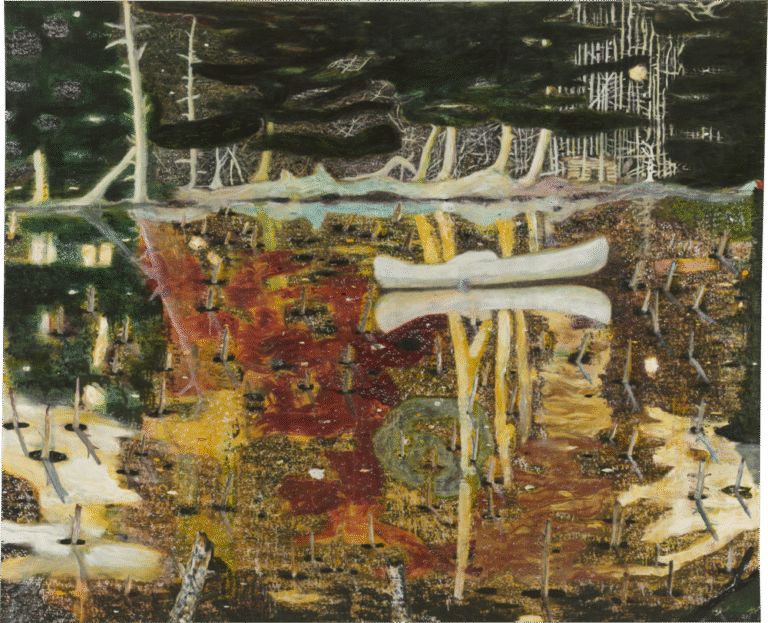
Peter Doig, Swamped, 1990
-
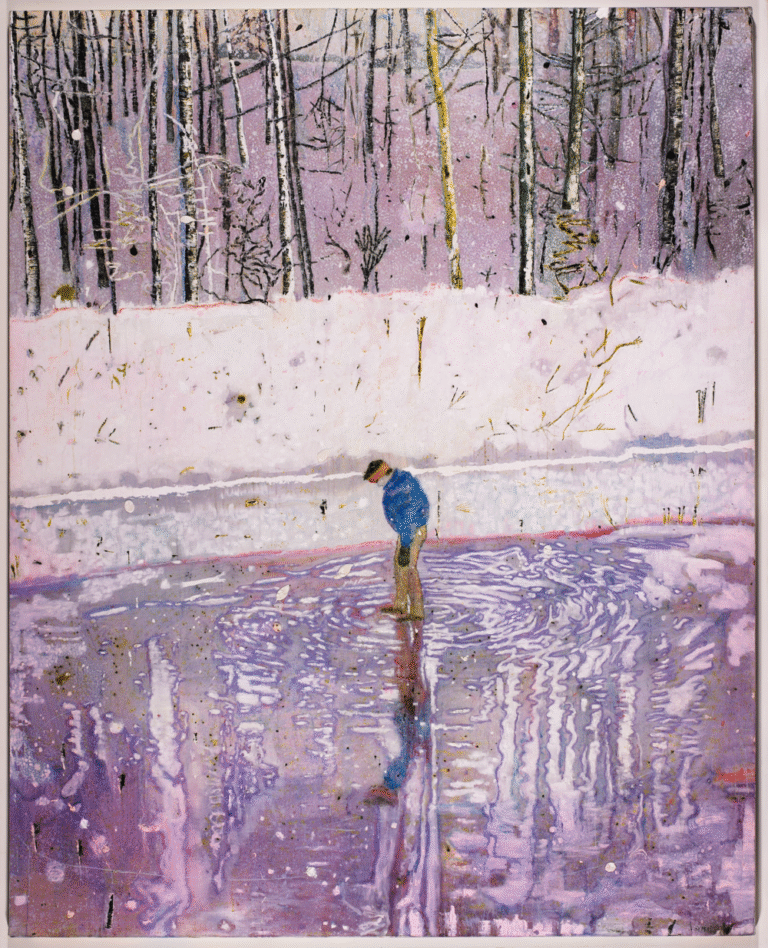
Peter Doig, Blotter, 1993
-

Peter Doig, Ski Jacket, 1994
-
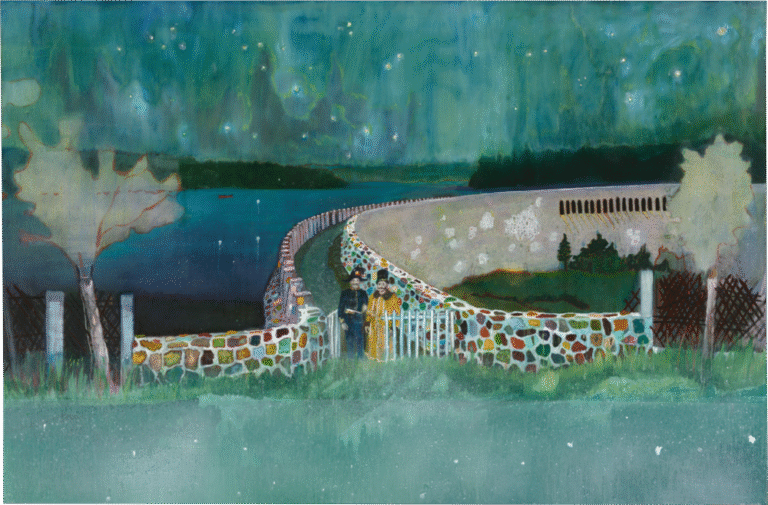
Peter Doig, Gasthof Zur Muldentalsperre, 2000-2002
-

Peter Doig, Lapeyrouse Wall, 2004
-
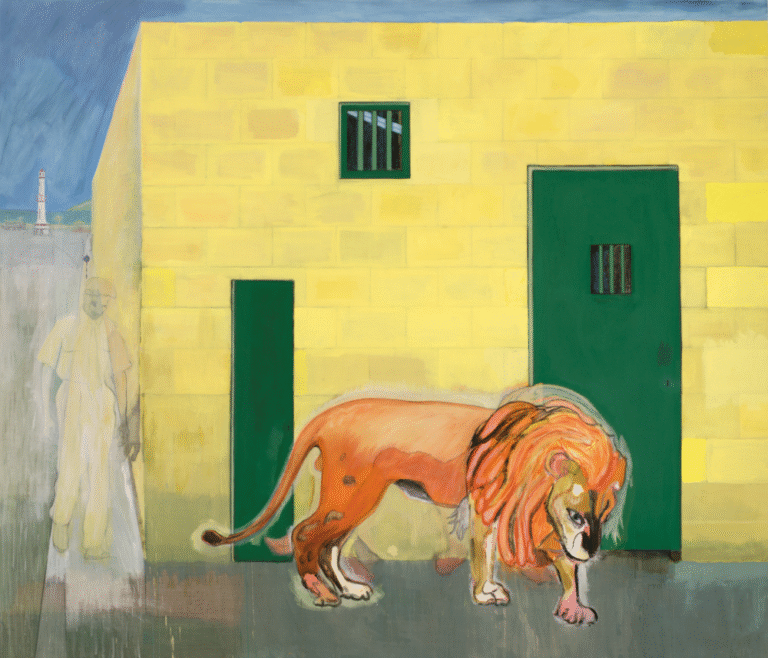
Peter Doig, Rain in the Port of Spain (White Oak), 2015
-
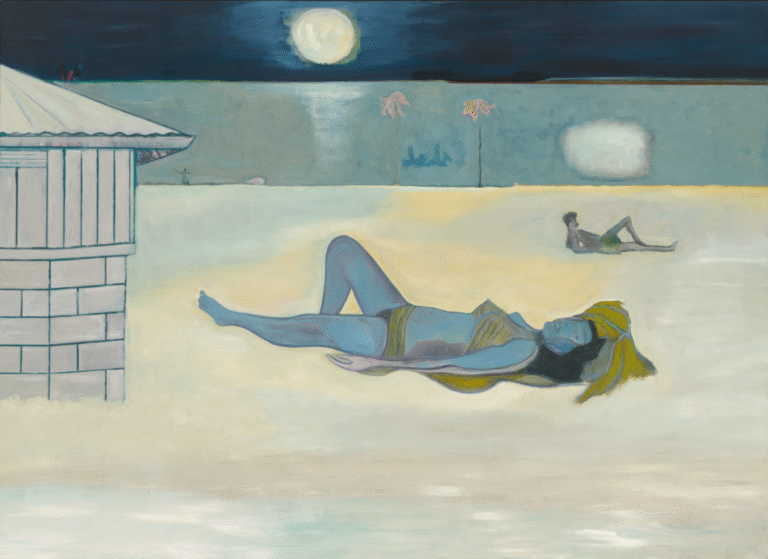
Peter Doig, Night Bathers, 2019
-
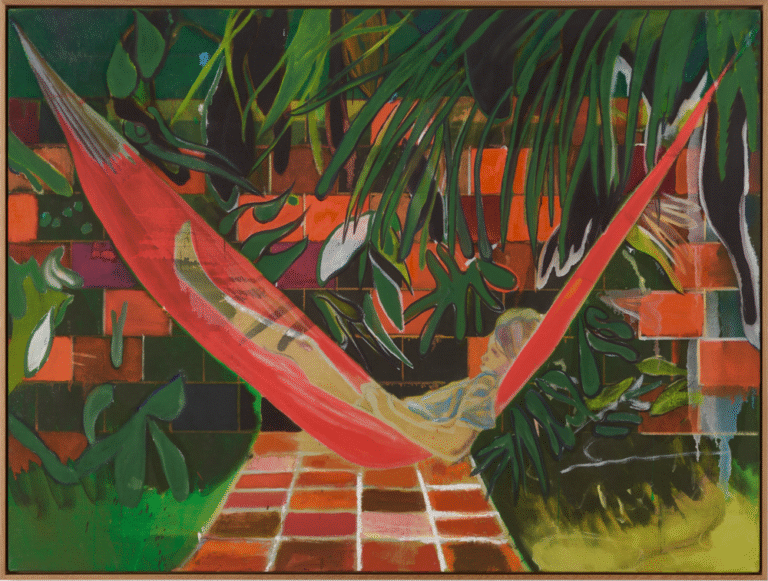
Peter Doig, Alice at Boscoe’s, 2014-2023
-
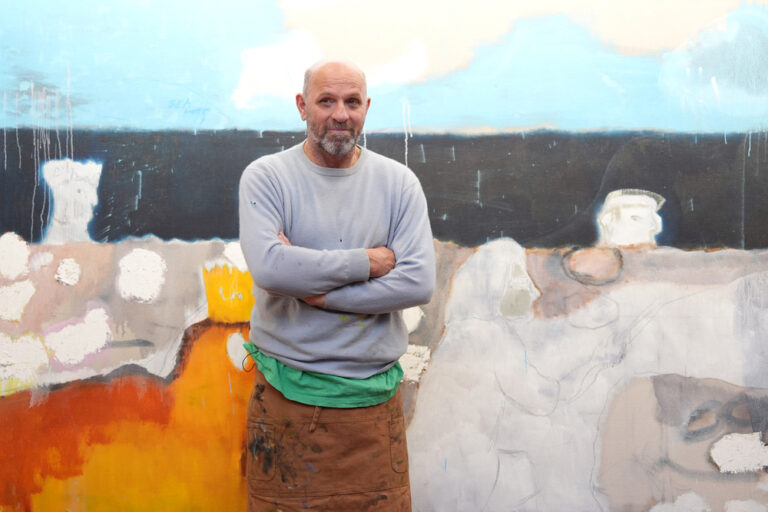
At his studio in London, April 2025

